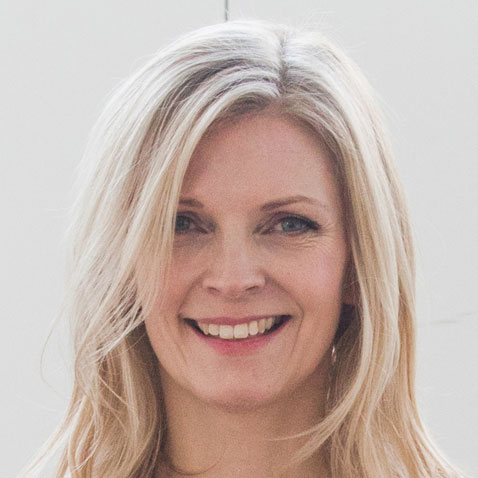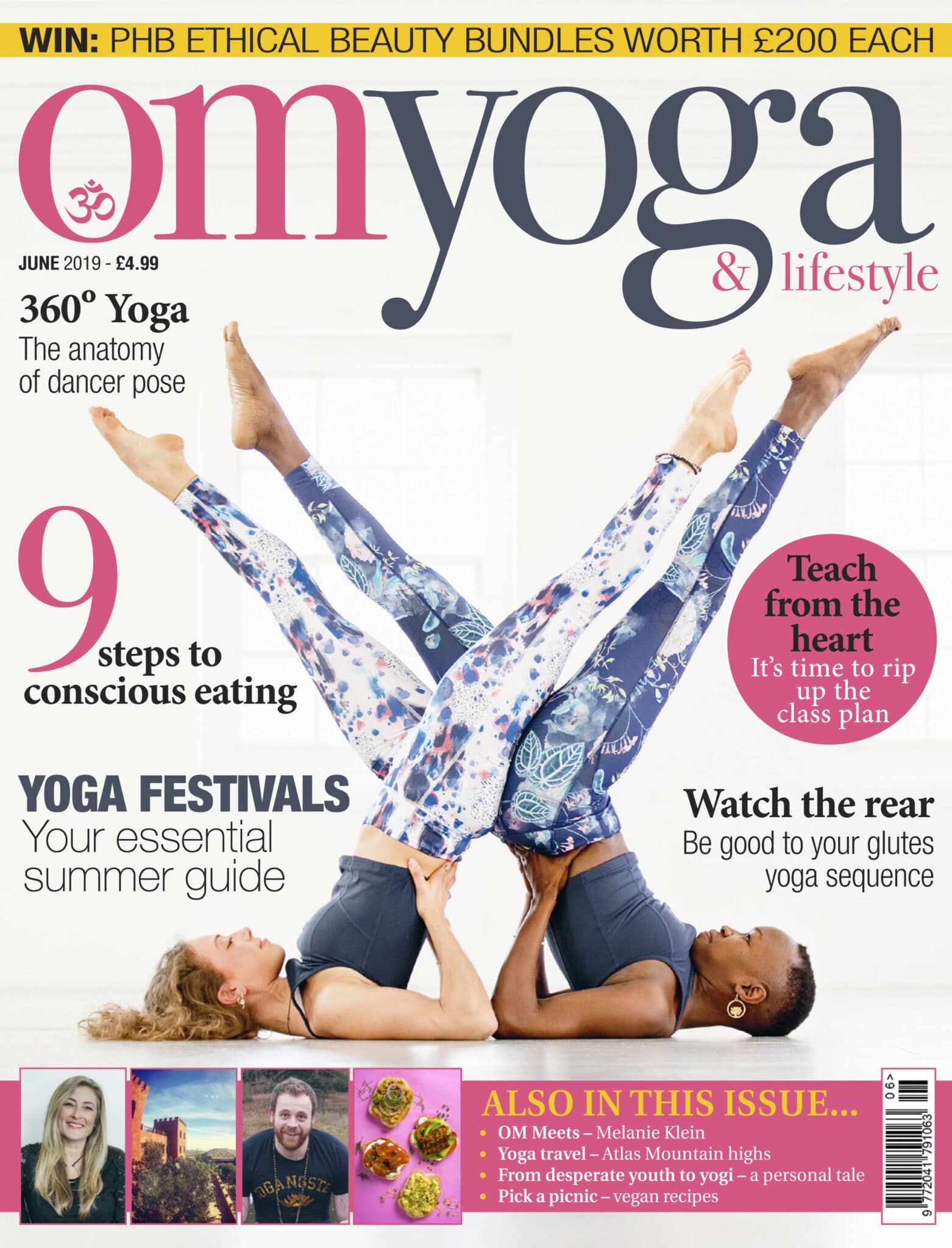
A 360º overview of...
Dancer Pose (Natarajasana)
With Dr Kiki Morriss
Hone your ability to balance easily on one foot by practicing Tree, Extended Hand to Big Toe and Warrior III. Then practice arching your back safely and extending your hips in Camel, Wheel and Bow. There are two options for your lifted arm in Dancer. As you work towards achieving the more advanced of these, where your arm is flexed over your head in a similar position to the Wheel, keep Vanda Scaravelli’s words in mind: ‘Do not kill the instinct of the body for the glory of the pose. ’Practice with patience and attention.
The benefits of this pose:
- Strengthens your legs.
- Increases the flexibility of your spine.
- Stretches your hip flexors, including your psoas muscles.
- Opens your shoulders and chest.
- Improves your posture and balance.
- Energises your body and focuses your mind.
Contraindications:
- Avoid Dancer if you have a neck, back, shoulder or leg injury.
- Take care practicing Dancer during pregnancy. Consult an experienced prenatal yoga teacher for advice, particularly if you are new to yoga.
- When you are practising Dancer, make an honest evaluation as to how your body is feeling. Ask yourself if it is okay to move deeper into the pose, to stay where you are or to back out of the pose.
Variations:
- Rest your free hand on a wall or chair. As your flexibility and balance improve, practice without support.
- Bend one knee and bring your foot close to your buttocks. Link your fingers around your lifted foot and press your foot into your palms to stretch your quadriceps and open your chest. Keep your lifted knee in line with your standing leg.
- Bring your free hand into Chin Mudra, by joining the tip of your index finger and thumb. Your index finger symbolises your human consciousness and your thumb symbolises your divine consciousness. Bringing them together unites your individual consciousness with the consciousness of the divine.
FOCUS YOUR GAZE
- Your focal point (dristi) is at a fixed point straight ahead of you. Keep your gaze soft and focused to maintain your balance.
- When you are very steady in Dancer, try closing your eyes. Practicing a balance with your eyes closed improves your proprioception (awareness of the position and movement of your body).
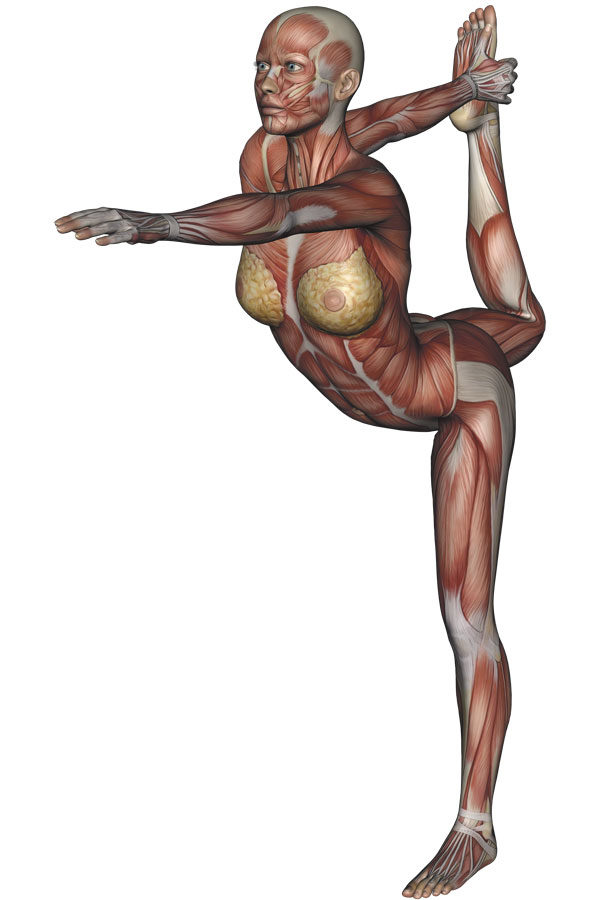
GROUND YOURSELF
- Press down on the big toe of your standing leg to help keep your balance.
- If you are finding it difficult to balance, lower your centre of gravity by bending your standing leg.
BALANCE ON ONE LEG
- Use your quadriceps (thigh muscles) to draw up your kneecap and take care not to lock or hyperextend your knee.
- Your kneecap should face forwards. If it is facing outwards, press the ball of the foot firmly down and turn your thigh inwards.
FOCUS ON YOUR LIFTED LEG
- Bend one knee and lift your leg behind you to extend your hip and to stretch your hip flexors (including your psoas) and your quadriceps.
- Notice if your lifted knee tends to move out to the side as you lift your leg. use your adductors to bring your leg towards the midline and back in alignment.
EXTEND YOUR SPINE
- Arch your back and extend your spine by engaging your deep back muscles (erector spinae) and your quadratus lumborum in the lower part of your back.
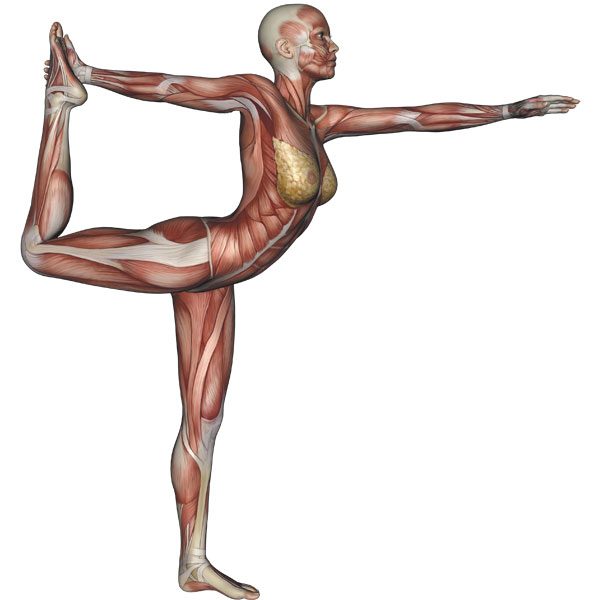
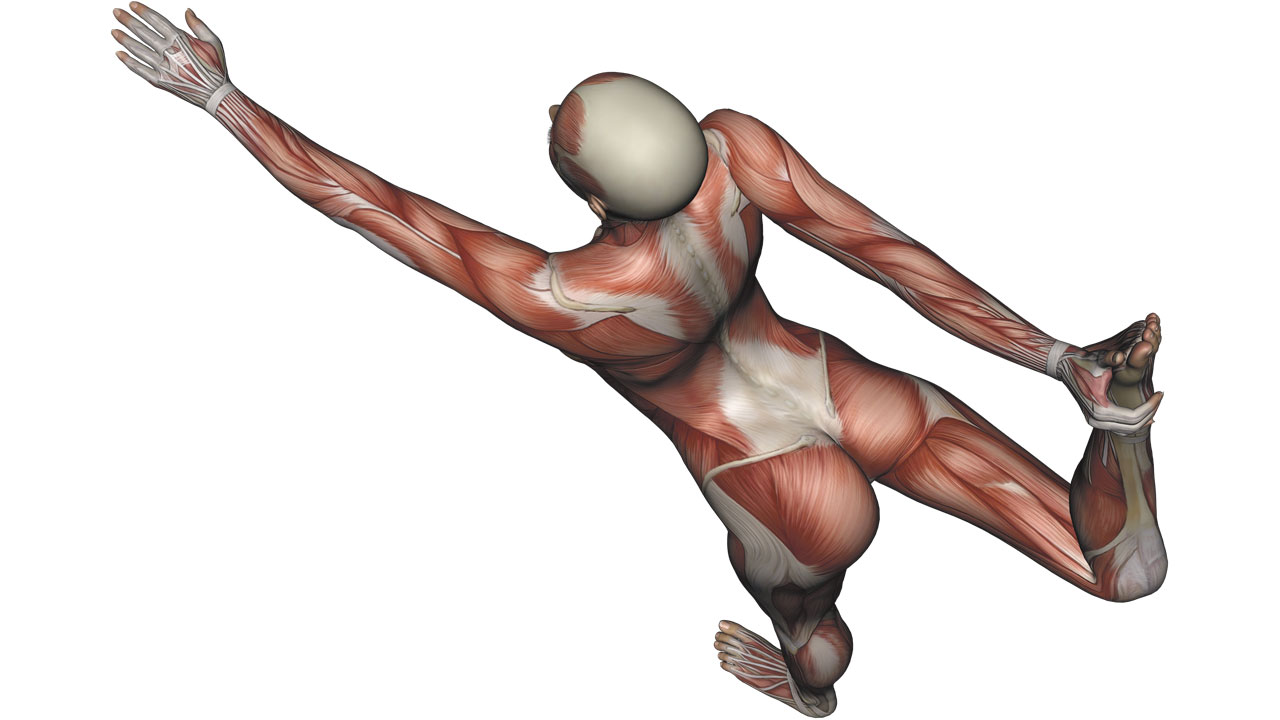
EXTEND YOUR FREE ARM
- Hold your free arm at shoulder height and reach it forwards.
- Extend your elbow and pronate your forearm, so the palm of your hand faces down.
TRY TWO OPTIONS TO HOLD YOUR FOOT
- OPTION 1 is to reach your arm straight back and hold onto your lifted foot, either on the inside or the outside of your foot.
- Press your foot back into your hand as you lift your leg.
- OPTION 2 is to flex your arm over your head, similar to Wheel pose, and to reach back and hold onto your lifted big toe or foot. This is the more advanced version of Dancer.
- If necessary, wrap a belt around your lifted foot and use this to create a link between your hand and foot. See the video on our app this month for a demonstration.
REBALANCE YOUR BODY AFTER THE POSE
- To come out of the pose, let go of your lifted foot and lower your leg with control.
- Find a neutral position in Mountain for 5 slow, steady breaths. Then move into a relaxed Standing Forward Bend for 5 breaths and rest in Child’s pose for 5 breaths.


